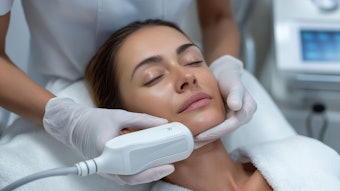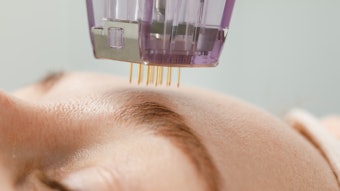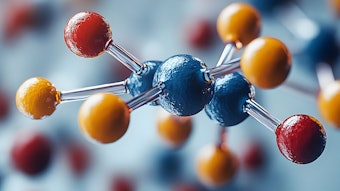
During spaceflight, astronauts have reported skin health issues that may attributed to changes in the skin microbiome and structure, according to a recent open access review article published in Skin Pharmacology and Physiology.
Crew members in space who return to earth reportedly experience erythema, delayed wound healing, abrasions, accelerated skin aging and burning, itching, dry, sensitive and thinning skin. Furthermore, the human skin microbiome contributes to the microbial ecosystem within closed environments, e.g., the International Space Station (ISS). However, according to this review, the skin microbiome is subject to change during spaceflight, which may lead to skin infections or the flare up of skin diseases.
Related: Skin Microbiome Manipulation as a Therapeutic Opportunity?
For example, one study is highlighted wherein changes in the microbiome of nine astronauts who spent 6-12 months in the ISS were recorded. This environment influenced individuals differently but a common shift in microbe composition was observed: a significant in-flight reduction of Proteobacteria (gamma and beta) with an associated increase in Firmicutes, including staphylococcal and streptococcal species.
The authors noted some changes may have been due to the lack of a "green" natural environment, constant air filtration and the alteration of skin structure during spaceflight. They proposed the reduction in Gammaproteobacteria may contribute to a high frequency of skin hypersensitivity, reactions/rashes and skin infections. The change in skin structure might also have facilitated skin infections by opportunistic pathogens.
Related: Rodan + Fields Takes Probiotic, Anti-inflammatory Paths to Soothe Skin
The complete review highlights interactions between the space environment and skin conditions, structure and the microbiome.











